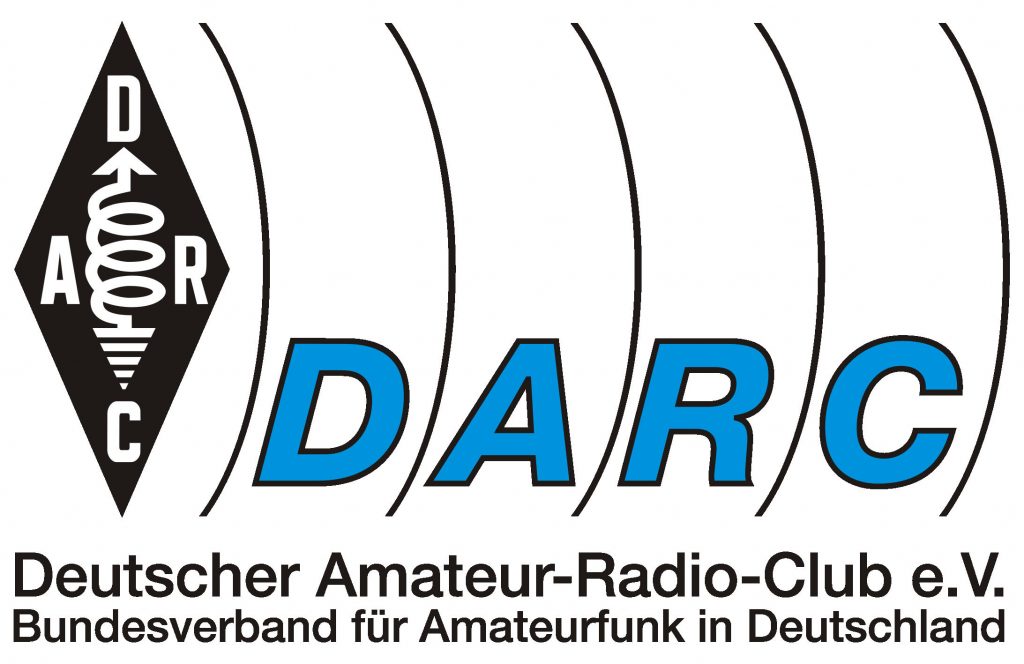Many thanks to SWLing Post contributor, Alexender (DL4NO), who shares the following comment in response to our recent post about LED bulb QRM:
The DARC does even more: It is planning a long-term project with some 50 automatic monitoring stations with standardized, calibrated antennas and according to standardized methods to document the changes.
Every monitoring station will scan the bands for free frequencies and measure the background noise there. Every 15 min it will send its findings to a central database where the data will be collected and evaluated.
This way the DARC wants to document the ever increasing interferences in a way that is valid according to the relevant standards. Most monitoring stations are planned to be placed at fixed locations all over Germany. But a few are planned to be placed for a limited time in especially interesting locations.
Presently relevant findings are collected. If you live in Germany see https://www.darc.de/der-club/referate/emv/emv-abhilfemassnahmen/. Also see the DARC magazine cqDL 12-2017, p. 15.
To emphasize it again: Informal reports to your radio club are good. But if you wish to communicate with the legislative bodies you must do your measurements according to the standardized rules using calibrated equipment. Otherwise the authorities will not accept your findings.
See:
https://www.itu.int/dms_pubrec/itu-r/rec/p/R-REC-P.372-13-201609-I!!PDF-E.pdf
https://www.itu.int/dms_pubrec/itu-r/rec/bs/R-REC-BS.560-4-199710-I!!PDF-E.pdf
Most impressive, Alexander! I love the fact that DARC is using objective observations to support their initiative. The concept is a fascinating one that I should hope other national radio clubs could copy. I will certainly send this to the ARRL.
Thanks again, Alexander!


Hello Thomas,
The text above was intended as a comment for another post. But if you think it is that important…
A few years ago the DARC created a sponsoring membership that costs 50% more than the standard membership. These additional means are used every year to kickstart a special project that could not be started using the normal finances of the club. One year important HAMNET installations were supported to increase the link capacity, close important wireless gaps of the “ham intrannet” and to add emergency power supplies. Another year the development of specific remote SW transceivers was financed. This year the monitoring stations are being built.
None of these projects can do without lots of voluntary work. Often the club only finances the hardware and coordinates the work. It is amazing what can be done this way.
Contact info: DL3MBG of the DARC managing board.
vy 73,
Alexander
Hi, Alexander,
Yes–I knew you only intended this as a comment, but it had such great info about DARC initiatives, I wanted it to get more visibility.
Thanks for the info!
Cheers,
Thomas